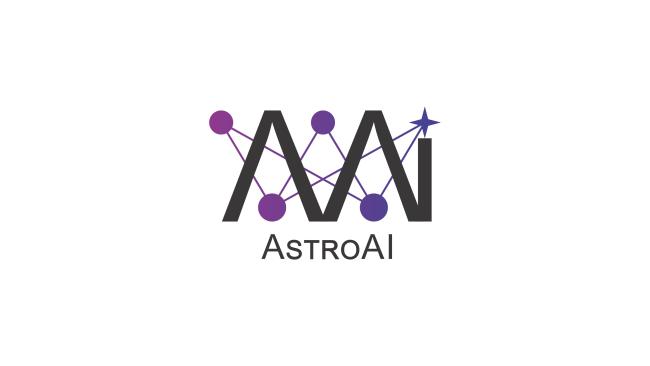AstroAI
AstroAI is a institute dedicated to the development of artificial intelligence to enable next generation astrophysics at the Center for Astrophysics | Harvard & Smithsonian.
Share this Page

AstroAI strives to bring experts in artificial intelligence together with scientists to tackle the most exciting and challenging problems in astrophysics. By facilitating interdisciplinary collaborations and drawing on the expertise of the Smithsonian, Harvard and Boston area science community, we hope to advance our understanding of the universe and drive forward technology that will revolutionize and accelerate scientific discovery at the CfA.
Big Questions
- What conditions are necessary for life?
- Does life exist outside of the solar system?
- Why do we need an extremely large telescope like the Giant Magellan Telescope?
- How do stars and planets form and evolve?
- What happened in the early universe?
- What do black holes look like?
- What happens to space time when cosmic objects collide?
- Why do galaxies differ so much in size, shape, composition and activity?
- How can astronomy improve life on earth?
- What is the universe made of?
Research Topics
- Astro Combs
- Solar-Stellar Connections
- Minor Planets and Comets
- Moons and Satellites
- Neutron Stars and White Dwarfs
- Planet Formation
- Planetary Nebulas
- Planetary Atmospheres
- Planetary Geology
- Quasars & Other Active Black Holes
- Solar and Stellar Atmospheres
- Solar System
- Space Weather
- Masers
- Spectroscopy
- Star Clusters
- Star Formation
- Starburst Galaxies
- Stellar Structure and Evolution
- STEM Education Research
- Supernovas & Remnants
- Telescopes
- Time Domain Astronomy
- Variable Stars and Binaries
- Machine Learning
- Astrochemistry
- Extragalactic Distance Scale
- Astrostatistics
- Atomic & Molecular Data
- Black Holes
- Cosmic Microwave Background
- Dark Energy and Dark Matter
- Detector Technology
- Disks
- Early Universe
- Elemental Abundances
- Exoplanets
- Galaxies - Merging and Interacting
- Life in the Universe
- Galaxy Clusters
- Galaxy Formation and Evolution
- Gravitational Dynamics
- Gravitational Lensing
- Gravitational Waves
- Interstellar Medium and Molecular Clouds
- Jets, Outflows and Shocks
- Large Scale Structure
- Very Long Baseline Interferometry
Science Fields
- Computational Astrophysics
- Cosmology
- Einstein's Theory of Gravitation
- Instrumentation
- Laboratory Astrophysics
- Planetary Systems
- Solar & Heliospheric Physics
- Stellar Astronomy
- The Energetic Universe
- The Milky Way Galaxy
- Theoretical Astrophysics
Divisions
- Atomic and Molecular Physics
- High Energy Astrophysics
- Optical and Infrared Astronomy
- Radio and Geoastronomy
- Solar, Stellar, and Planetary Sciences
- Theoretical Astrophysics
- Harvard University Department of Astronomy
- Science Education Department
- Central Engineering
- Director's Office
- Chandra X-ray Center
- Institute for Theoretical Atomic Molecular and Optical Physics
- Institute for Theory and Computation
Experts
- Cecilia Garraffo
- Rafael Martínez-Galarza
- Floor Broekgaarden
- James Steiner
- Kari Haworth
- Joshua Wing
- Phillip Cargile